A X1.1 solar flare has occurred peaking at 23:08 UTC Friday July 6, 2012. Today's X flare comes from large sunspot region 1515.
Continue to check back often for further updates and alerts as todays solar events unfold.
All updates will be added to the bottom of this report
 SUMMARY: X-ray Event exceeded X1
SUMMARY: X-ray Event exceeded X1
----------------------------------------------------------------------
SUMMARY: 10cm Radio Burst
Begin Time: 2012 Jul 06 2304 UTC
Maximum Time: 2012 Jul 06 2306 UTC
End Time: 2012 Jul 06 2306 UTC
Duration: 2 minutes
Peak Flux: 520 sfu
Latest Penticton Noon Flux: 158 sfu
Description: A 10cm radio burst indicates that the electromagnetic burst associated with a solar flare at the 10cm wavelength was double or greater than the initial 10cm radio background. This can be indicative of significant radio noise in association with a solar flare. This noise is generally short-lived but can cause interference for sensitive receivers including radar, GPS, and satellite communications.

UPDATE @ 22:35 UTC July 6, 2012
Issue Time: 2012
Jul 06 2246 UTC
ALERT: Geomagnetic K-index of 5
Threshold Reached: 2012 Jul 06 2241 UTC
Synoptic Period: 2100-2400 UTC
Active Warning: Yes
NOAA Scale: G1 - Minor
Potential Impacts: Area of impact primarily poleward of 60 degrees Geomagnetic Latitude.
Induced Currents - Weak power grid fluctuations can occur.
Spacecraft - Minor impact on satellite operations possible.
Aurora - Aurora may be visible at high latitudes, i.e., northern tier of the U.S. such as northern Michigan and Maine
Continue to check back often for further updates and alerts as todays solar events unfold.
All updates will be added to the bottom of this report
 SUMMARY: X-ray Event exceeded X1
SUMMARY: X-ray Event exceeded X1
Begin Time: 2012 Jul 06 2301
UTC
Maximum Time: 2012 Jul 06 2308 UTC
End Time: 2012 Jul 06 2314
UTC
X-ray Class: X1.1
Location: S18W50
NOAA Scale: R3 -
Strong
Potential Impacts: Area of impact consists of large portions of the
sunlit side of Earth, strongest at the sub-solar point.
Radio - Wide area
blackout of HF (high frequency) radio communication for about an hour.
----------------------------------------------------------------------
SUMMARY: 10cm Radio Burst
Begin Time: 2012 Jul 06 2304 UTC
Maximum Time: 2012 Jul 06 2306 UTC
End Time: 2012 Jul 06 2306 UTC
Duration: 2 minutes
Peak Flux: 520 sfu
Latest Penticton Noon Flux: 158 sfu
Description: A 10cm radio burst indicates that the electromagnetic burst associated with a solar flare at the 10cm wavelength was double or greater than the initial 10cm radio background. This can be indicative of significant radio noise in association with a solar flare. This noise is generally short-lived but can cause interference for sensitive receivers including radar, GPS, and satellite communications.
UPDATE @ 02:44 UTC July 7, 2012
There has been some question about the discrepancy seen between the GOES 3day Xray flux and the 5min Xray flux. We have noticed that the calibration for the 3 day Xray flux is off by around a 1.0 margin and has been that way for about a week now. Any M flare that we have had this week that was around M1 range has been showing on the 3day GOES Xray flux as a high C flare. Note the M flares on here and count how many M flares you see for July 6th
on the 3day it shows 5, but we have had 6
same thing for the 5th.
Any M that registered around a M1 range was shown on the 3 day Xray flux as a high C. Now this X1 occurred and it does the same and shows this X1.1 flare on the 3day as a high M. The 3 day Xray graph is around a 1.0 mark off. We have written to NOAA/SWPC about this issue.
UPDATE @ 01:08 UTC July 7, 2012
ALERT: Type IV Radio Emission
Begin Time: 2012 Jul 06 2322
UTC
Description: Type IV emissions occur in association with major eruptions
on the sun and are typically associated with strong coronal mass ejections and
solar radiation storms.

We now see there IS a CME associated with this X flare event. Earth is well connected with the region of 1515. This CME was not directly Earth directed as it was ejected to the south and west. but a glancing blow to Earth's magnetosphere is likely late on July 9th into the 10th
X-FLARE: Giant sunspot AR1515 unleashed a strong X1.1-class solar flare on July 6th at 2308 UT. Because Earth is well-connected to the blast site by solar magnetic fields, a fusillade of protons accelerated by the explosion might soon reach our planet.
Credit: Spaceweather
UPDATE @ 22:35 UTC July 6, 2012
 |
| D-region Absorption Map at time of X flare |
At this time, the geomagnetic conditions are unsettled with a Kp 5
ALERT: Geomagnetic K-index of 5
Threshold Reached: 2012 Jul 06 2241 UTC
Synoptic Period: 2100-2400 UTC
Active Warning: Yes
NOAA Scale: G1 - Minor
Potential Impacts: Area of impact primarily poleward of 60 degrees Geomagnetic Latitude.
Induced Currents - Weak power grid fluctuations can occur.
Spacecraft - Minor impact on satellite operations possible.
Aurora - Aurora may be visible at high latitudes, i.e., northern tier of the U.S. such as northern Michigan and Maine
Thank you for choosing "My Solar Alerts" for your Solar Weather updates

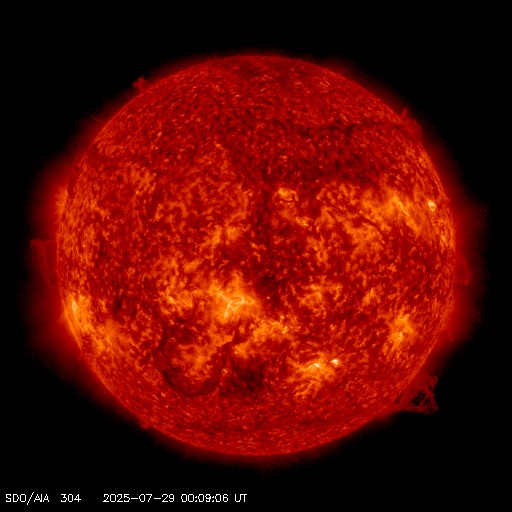
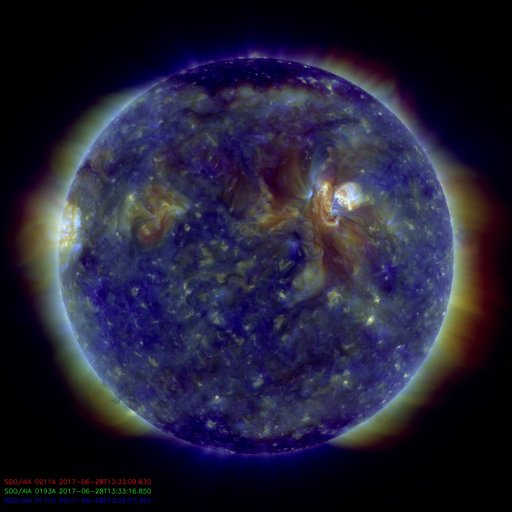
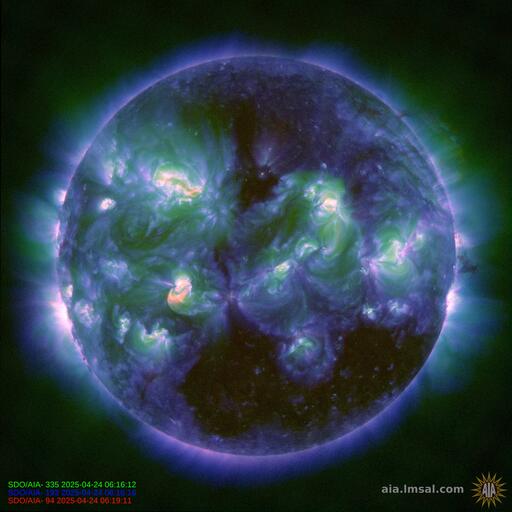
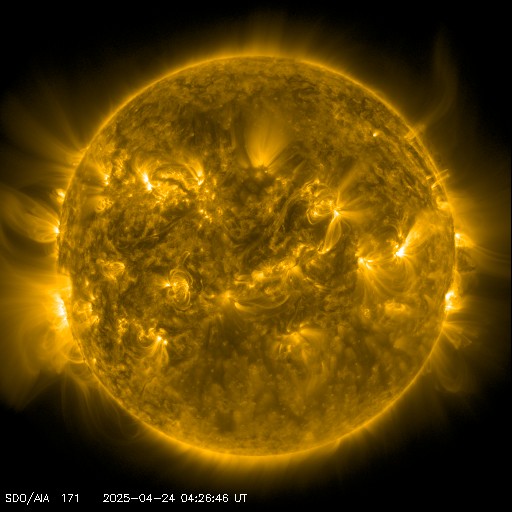
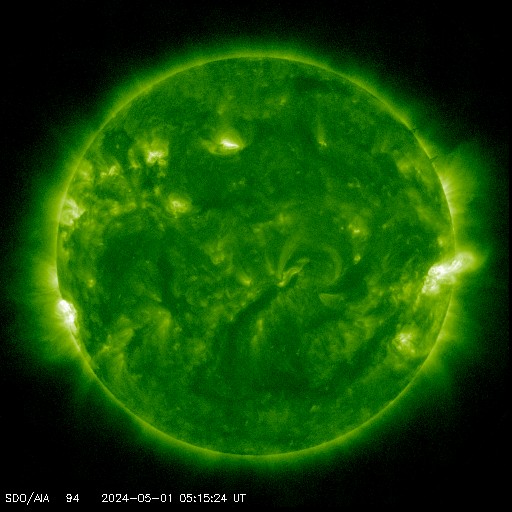
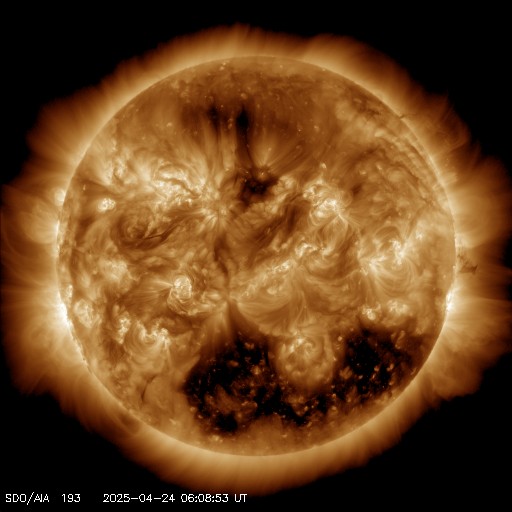

Found you on GLP- the vast info you have posted here is amazing. Thank you- A lurker in CO
ReplyDeleteQ: your affected area map has more US covered then the one on GLP- did I miss a link where to find it? Thanks
ReplyDeleteIn the clip above for July 6th with the purple 10 min integration, when the flares surge it appears as if the entire sun flares at the same time and all sunspots... Is this the core of tne sun that is surging and if so what does that mean for future flare strength and perhaps for CME?
ReplyDeleteI am happy to find your distinguished way of writing the post. Now you make it easy for me to understand and implement the concept. Thank you for the post. Zonnepanelen
ReplyDeletevans
ReplyDeleteair jordan
hermes
air jordan
jordan store
longchamp bags
adidas yeezy
moncler
nike air max 270
curry shoes
adidas yeezy boost
xiaofang20191202
Virtually any excessive electricity most people produce employing your solar panel systems.
ReplyDeleteWith advances in technology making solar power more accessible than ever, there has never been a better time to consider switching to this eco-friendly option! Rockwall Solar Panels
ReplyDelete